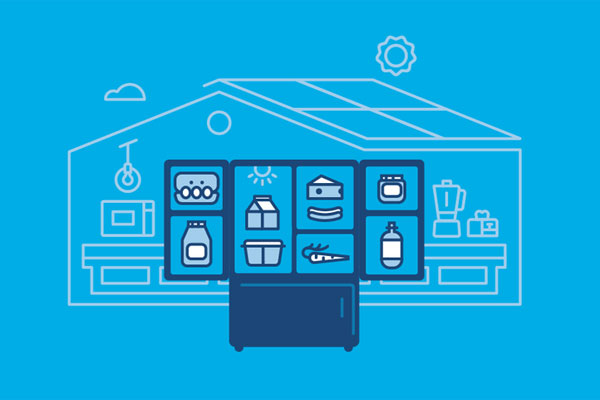Did you know your refrigerator could be the biggest power hog in your home? We use them to keep our food fresh 24/7 from breakfast to midnight snacks. When it comes to maximizing solar savings, energy efficient refrigerators can also be one of the best source of savings.
Here are five tips to ensure your fridge is generating savings rather than higher bills:
1. Retire the old refrigerator
Yes, you may have done this already in the last decade, but even by replacing your 10-year old fridge with a newer, higher efficiency fridge, you can save a substantial amount on your electric bill.
2. Top mounted freezer
Stick with refrigerators that have a top mounted freezer. Some ultra energy efficient top-freezer refrigerators can use less energy than a light bulb.
3. Stay away from hot spots
When planning the layout of your kitchen, place your refrigerator away from any sources of heat such as windows, dishwashers and stoves.
4. Forget the ice maker
Sure ice makers are convenient, but by switching them off you’ll save more on your electric bill. Get yourself some fun ice cube trays! Sun-shaped ice cubes, anyone?
5. Keep the extra fridge well stocked
Technically for better energy efficiency, it’s better to get rid of extra refrigerators. But if you really can’t part with your beer or wine fridge, remember to keep it at least ¾ full at all times.
By going solar, you’ve opted for cheaper, cleaner energy. With these simple adjustments, you’ll find even more savings on your electric bill just by keeping your food fresh.












Comments